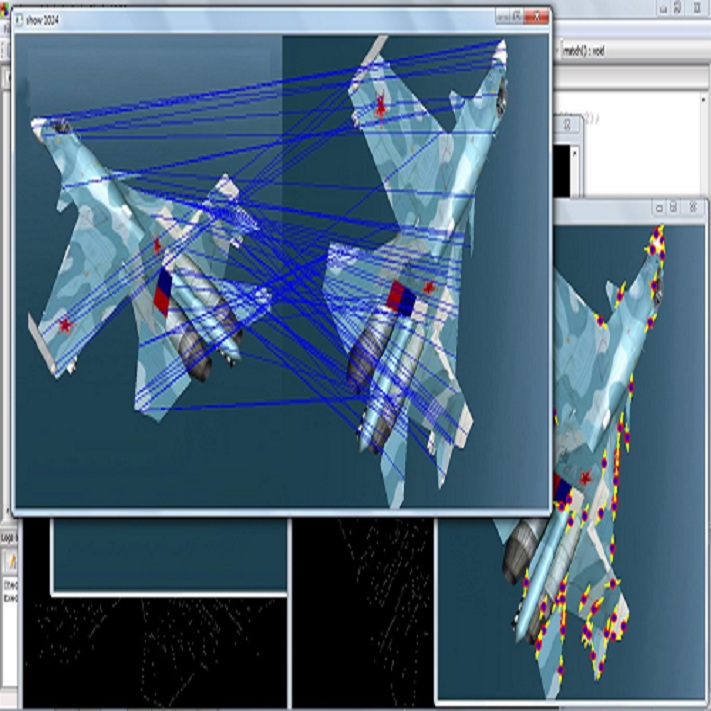Computer vision and image processing address many challenging applications. While the last decade has seen deep neural network architectures revolutionizing those fields, early methods relied on 'classic', i.e., non-learned approaches. In this study, we explore the differences between classic and deep learning (DL) algorithms to gain new insight regarding which is more suitable for a given application. The focus is on two challenging ill-posed problems, namely faint edge detection and multispectral image registration, studying recent state-of-the-art DL and classic solutions. While those DL algorithms outperform classic methods in terms of accuracy and development time, they tend to have higher resource requirements and are unable to perform outside their training space. Moreover, classic algorithms are more transparent, which facilitates their adoption for real-life applications. As both classes of approaches have unique strengths and limitations, the choice of a solution is clearly application dependent.
翻译:计算机视觉和图像处理涉及许多具有挑战性的应用。虽然过去十年里,深层神经网络结构使这些领域发生了革命性的变化,但早期方法依赖于“古典 ”, 即非学习方法。在本研究中,我们探讨了经典和深层次的算法之间的差异,以获得更适合特定应用的新见解。重点是两个具有挑战性的问题,即微弱边缘探测和多光谱图像登记,研究最新的最先进的DL和经典解决方案。虽然这些DL算法在精确度和发展时间方面优于经典方法,但它们往往有更高的资源需求,无法在培训空间之外进行。此外,经典算法更加透明,有利于将之应用于现实应用。由于这两种方法都有独特的长处和局限性,所以解决方案的选择显然取决于应用。



